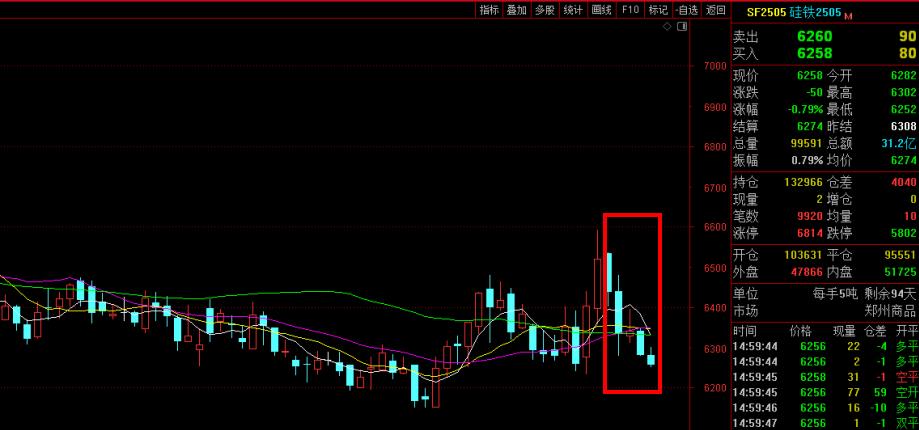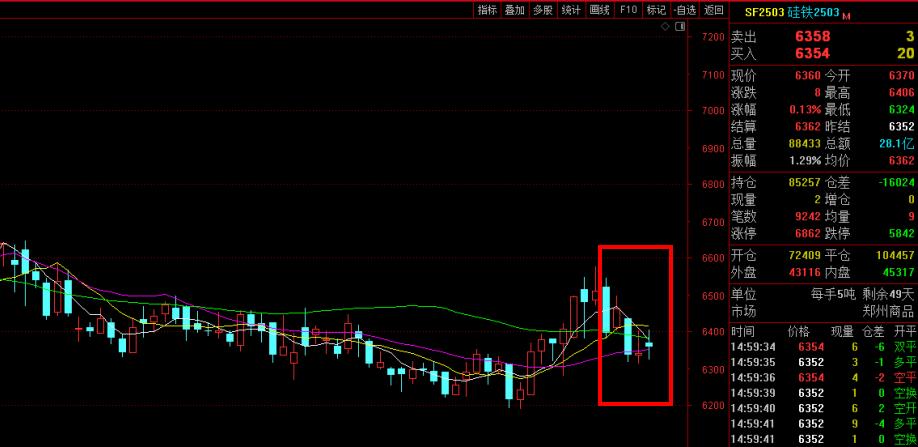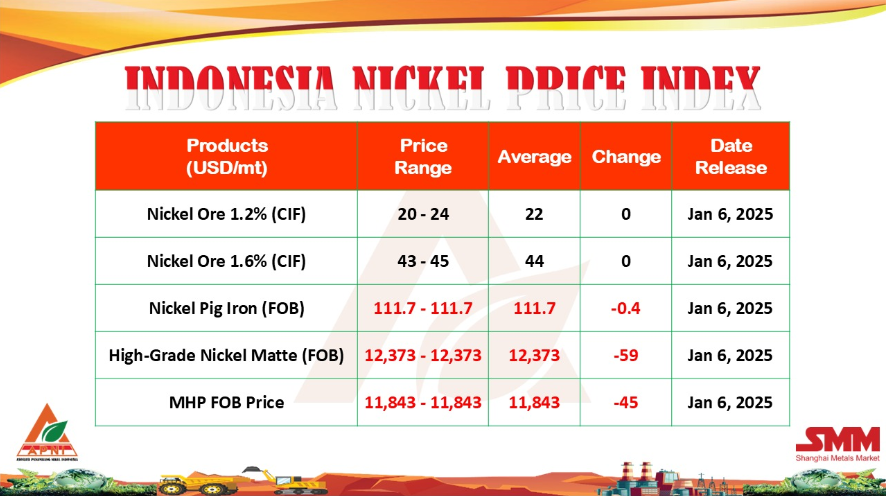<> Silicon Metal = In the Chinese domestic market, both prices of low-grade and high-grade products were down, and the price of low-grade product of 5.5.3 grade was down by CNY350 per ton from the end of March. Such factors for price decrease are provided as (1) Producers accelerated conversion into cash to pay electricity charge, (2) Increase in supply couldn't be adjusted because some of producers are ramping up production by using new facilities, (3) Application of electricity rate for a low-water season ended and the supply is anticipated to increase from now, (4) Weak consumption by customers in China and (5) In-hand stocks retained by those customers are sufficient. The feeling of anticipation of a price fall is so strong in the market, and many of market participants see the price will be down further.
In Japan, the price downward pressure is strong in the market for the reasons of the forecast about the demand from the secondary aluminium alloy industry being slightly up from the prior year and the supply volume in China being anticipated to increase. The contract price is down by US$40 - US$50 from the end of March.
<> Ferro-silicon = The demand in the Chinese domestic market is still weak, and both prices of products with Si being 75% and 72% meant for domestic consumption are down by CNY100 per ton and CNY100 per ton from the end of March respectively. The impact from major steel mills' price cut for April purchase by being down by CNY200 - CNY250 from the prior month is heavy. The producers think the price will stop declining as the producers' shutdown is prevailing and the supply volume will decrease, whereas the buyers still have a strong feeling of anticipation of a price fall. The export meant for USA maintains a sound price, but the prices meant for Japan and South Korea has still been put in a situation of strong price downward pressure due to the inflow of roundabout products.
In Japan, the steel mills are increasing the consumption ratio for silico manganese and the cheap products of roundabout products are increasing, which leads to the contract price of regularly-exported products being down by US$10 - US$20 from the end of March.
The price of the products distributed in the market also was down by US$20 - US$30 from the end of March owing to the pressure from silico manganese and the increased offer for cheap products of roundabout products exported from mainland China as is the case in regularly-exported products.
Both offer and contract prices for Russian products are unchanged.
<> Silico Manganese = The Government of India lowered the export incentive on silico manganese by 2% from April 1. The reactions from Indian producers and trading firms against the decreased incentive pay which was used as a practical price-cut amount are various like some are asking for 2% increase on the offer price or maintaining the same price level. Besides, misinformation of the reduction being 4% was communicated in some areas, and both sellers and buyers who were scrambling for confirming information have seen sporadically. On the one hand, the buyers keep calm for the reason of weak demand and anticipation of a price fall, and no small number of trading firms thoroughly take a wait-and-see stance at the present moment. In these two weeks, contrary to the number of business talks, the cases of the contract being stricken are a few.
Besides, on April 3, USA International Trade Commission (ITC) decided to implement the antidumping survey on Australian silico manganese. The customers in the U.S. are anticipated to refrain from buying Australian materials and go for the Asian market instead, which is thought to be one of the factors for an anticipation of a price fall.
In Japan, the negotiation on the long-term contract for the period from April to June just finished, and the demand for the Indian products and spot goods is low. Besides, as aforementioned, some of the trading firms and customers are taking a thorough wait-and-see attitude and the anticipation of a price fall is alleviated by 2% reduction on India's export incentive, which leads to the contract price being down by US$0 - US$15 per ton from the end of March.
In China, the price was lowered drastically in April. This is because, as well as the reduction in the production cost being realized owing to termination of application of relatively high electricity rate for a low-water season, the supply volume also has increased as the domestic producers restarted operation. The supply volume is thought to continue increasing from now onwards, and the anticipation of a price fall is strong in the market. The offer price meant for Japan is down by US$10 - US$15 from the end of March, but there has been no particular contract.
<> Charge Chrome = The benchmark price for South African charge chrome for the period from April to June was settled at US Cents 116 per lb on April 2 which remained unchanged from the prior period. Although both producers and customers had own factors for price increase and decrease respectively, there was no big change in the circumstance of demand and supply balance, an the price was finally fixed with the same level as before as a result of studying from the macroscopic point of view. Trading of spot goods has yet to be made.
- [Editor:Sophie]



 Save
Save Print
Print Daily News
Daily News Research
Research Magazine
Magazine Company Database
Company Database Customized Database
Customized Database Conferences
Conferences Advertisement
Advertisement Trade
Trade














 Online inquiry
Online inquiry Contact
Contact

Tell Us What You Think